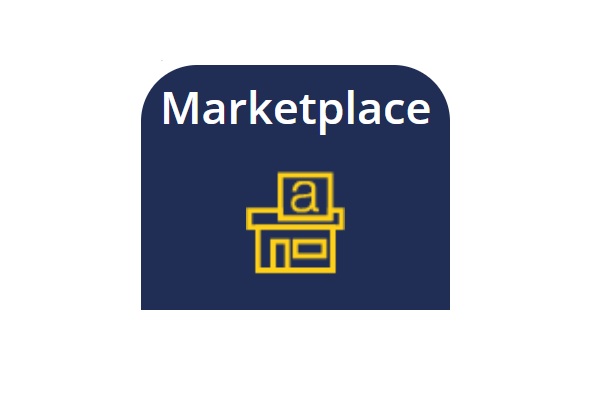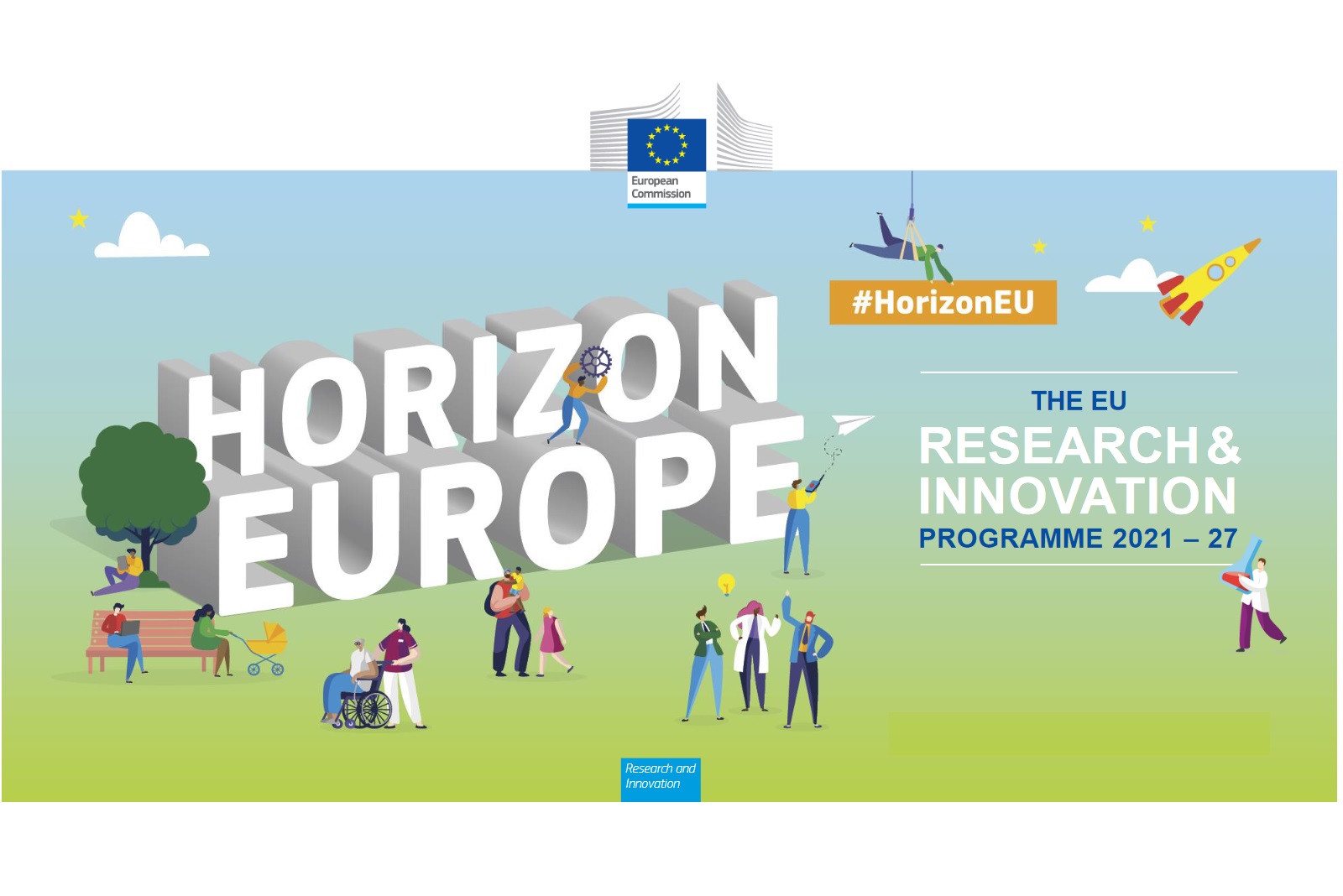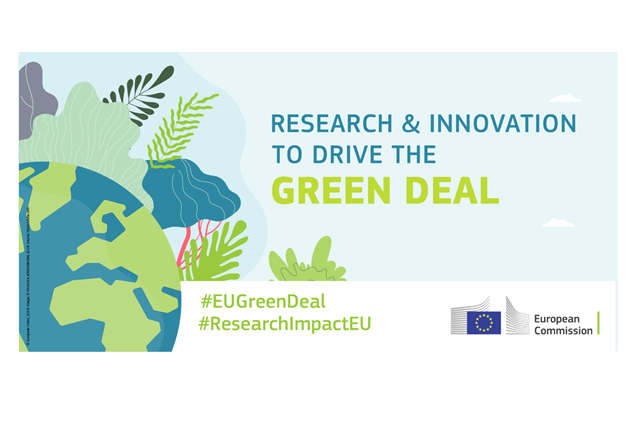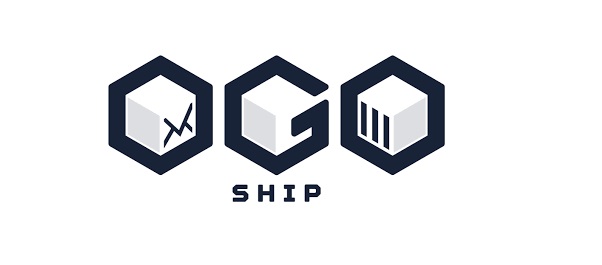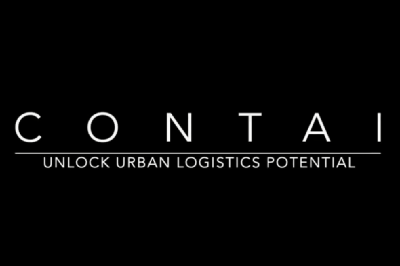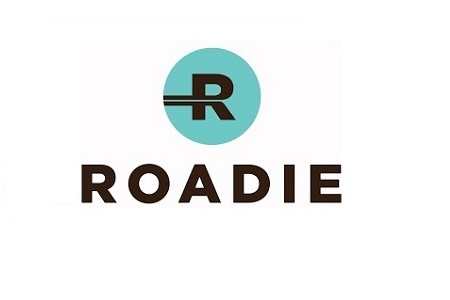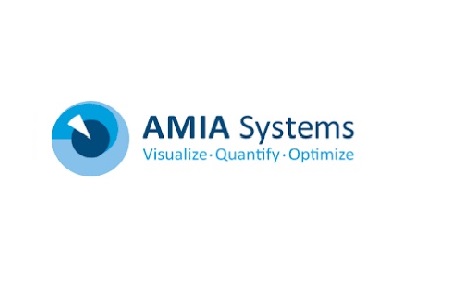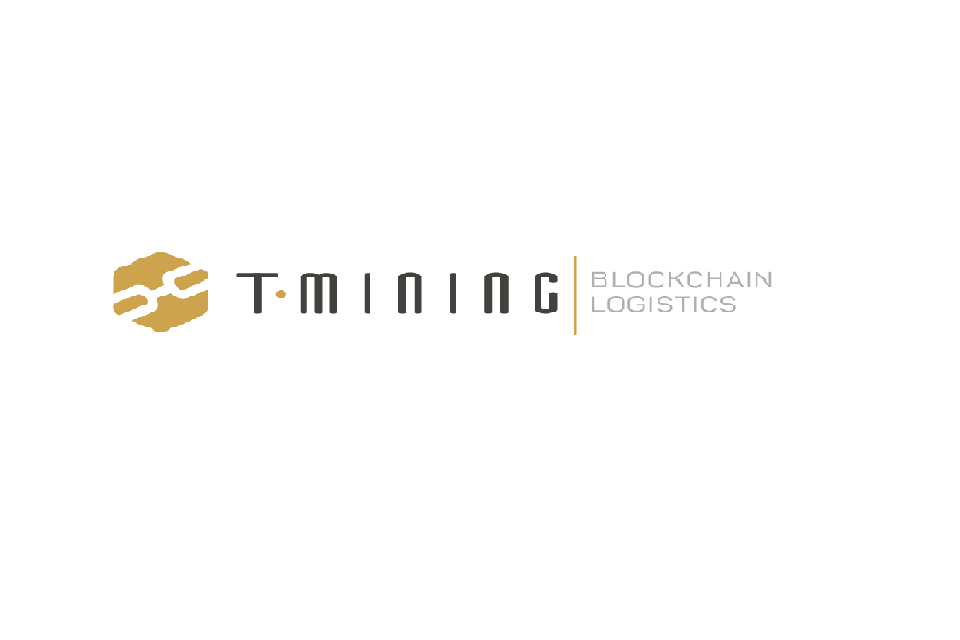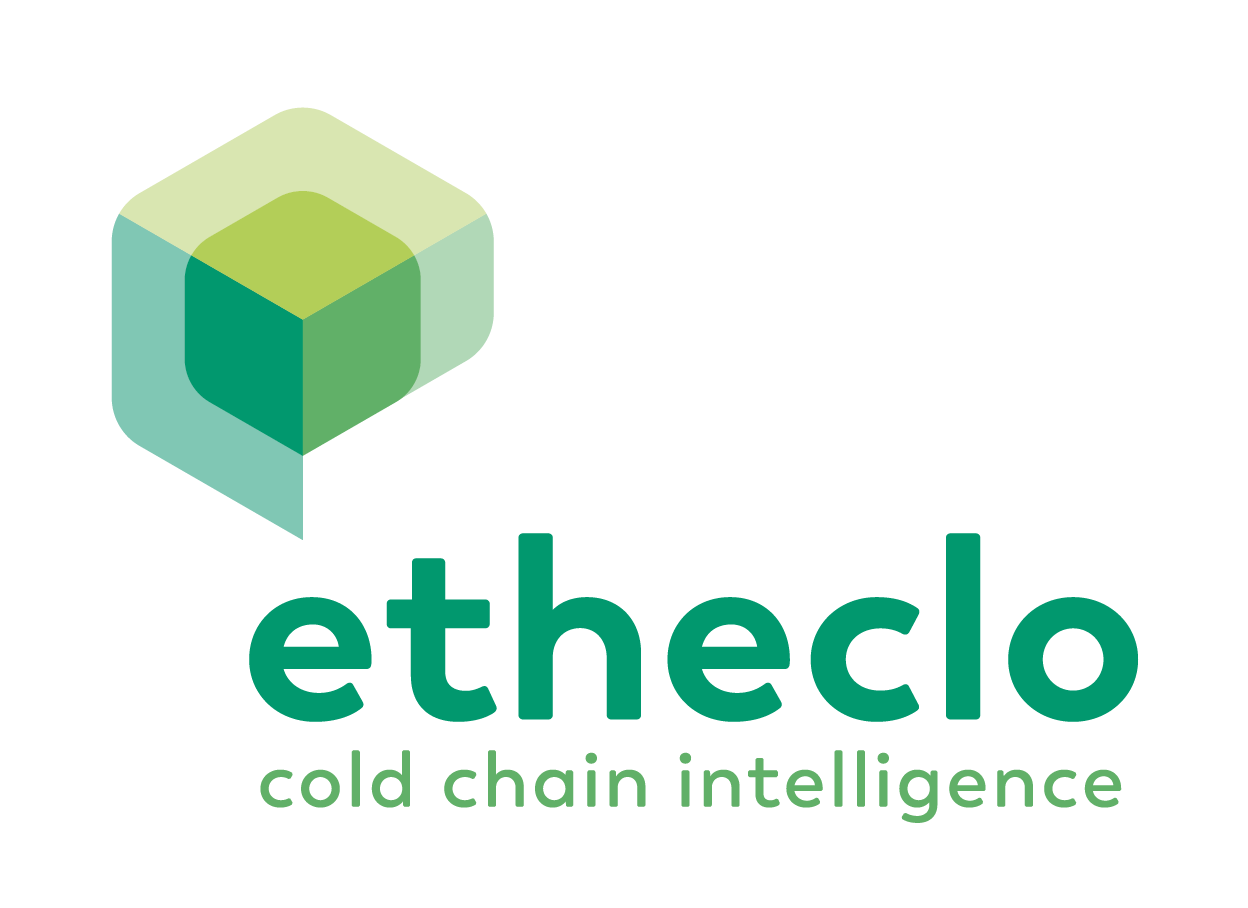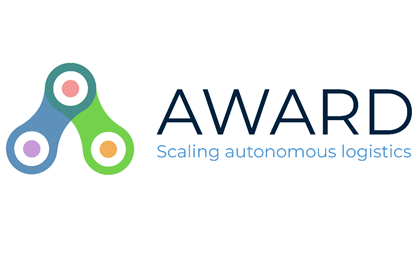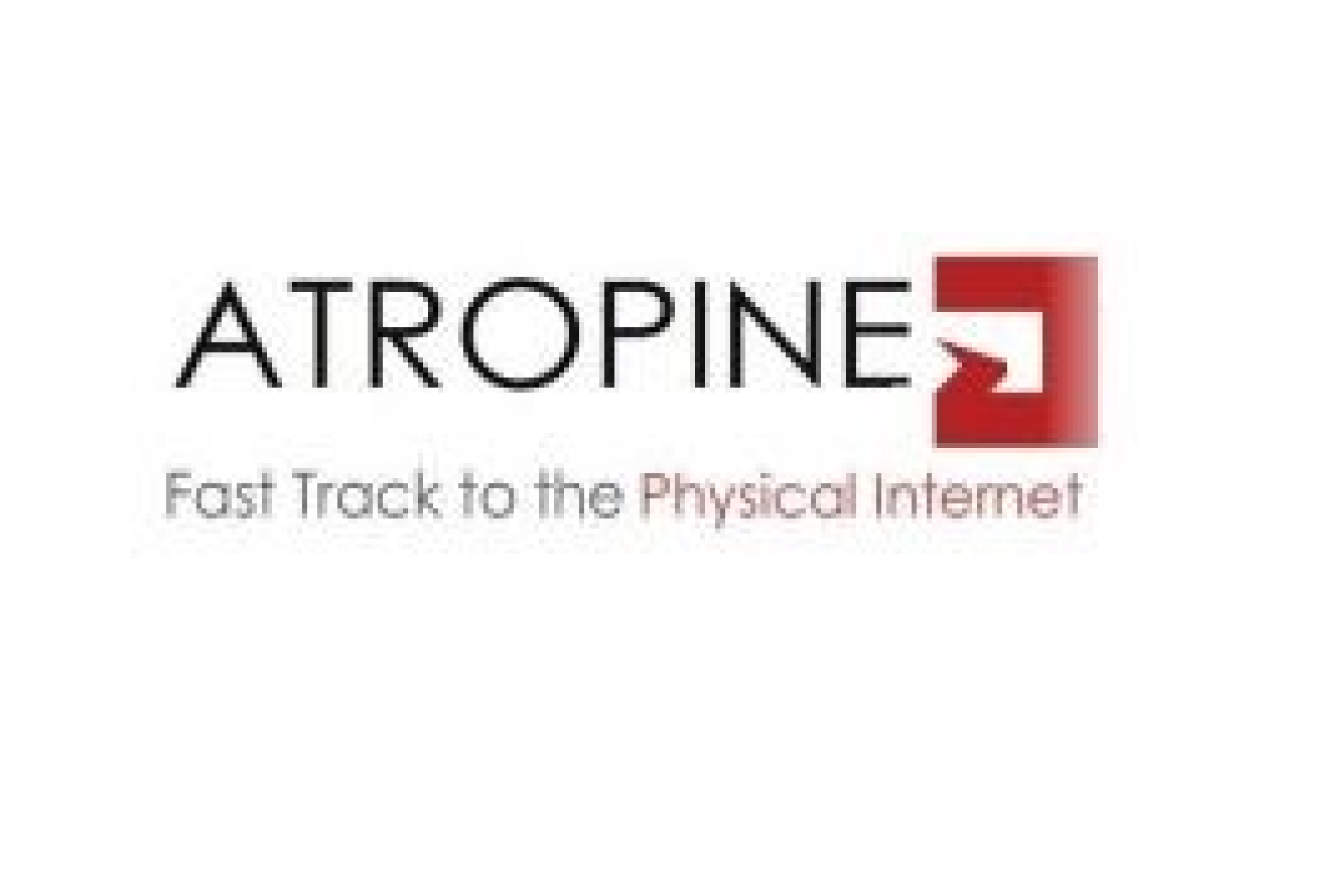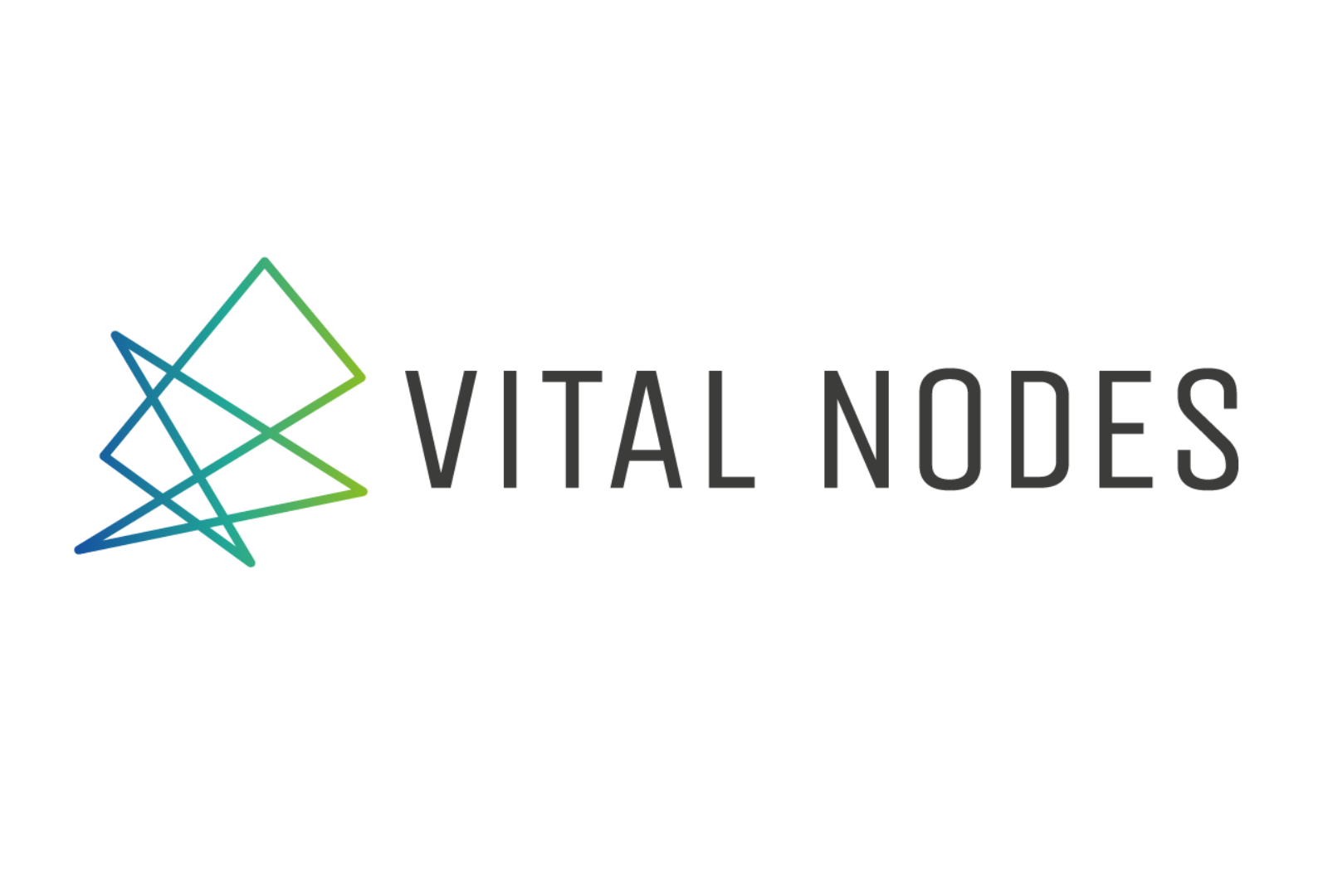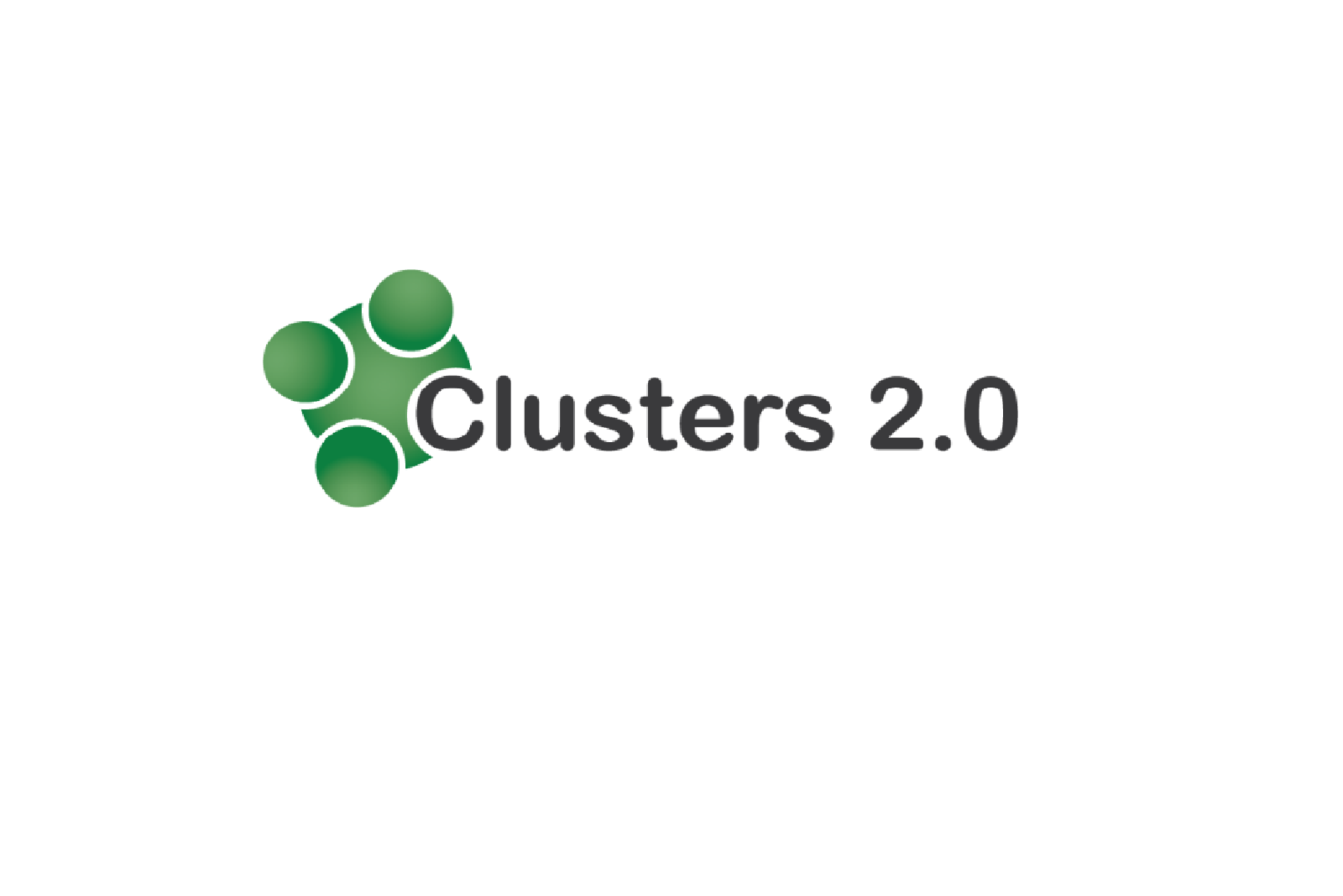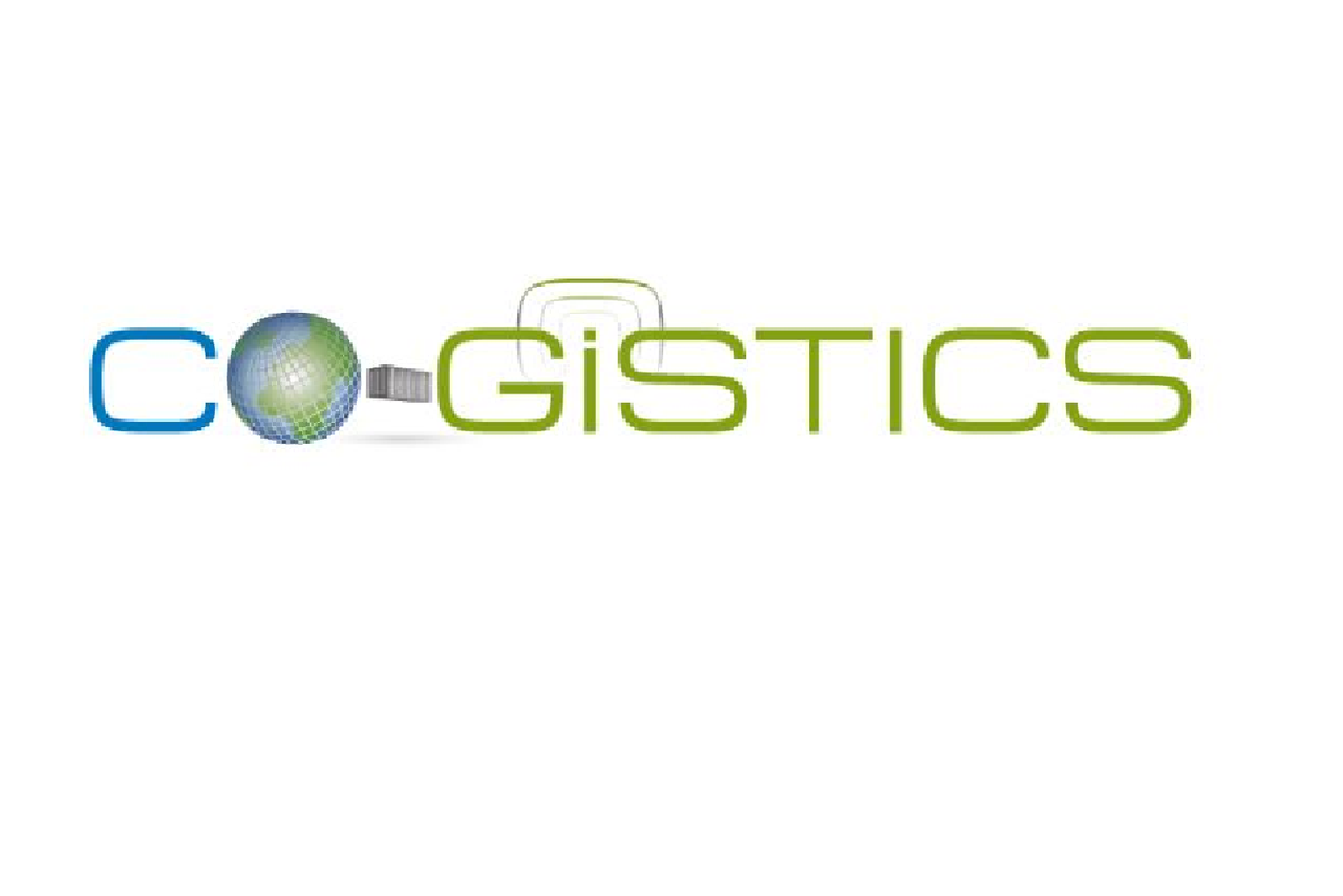First on-the-way delivery network providing a new
crowdshipping model.
The app-based
community utilizes unused capacity in passenger vehicles, connecting
people with stuff to send with drivers already heading in that
direction. Simply put, Roadie is a faster, cheaper, friendlier way to
get your goods, no matter its shape or size, from where it is to where
it needs to be.
The Roadie app
enables efficient, low-cost delivery for senders and rewards drivers for
trips they were already taking, offering members of the community a
variety of benefits including free roadside assistance, roadside
discounts, and tax write-offs on miles they were already driving.
Roadie
works with top retailers, airlines, and grocers to provide them with a
faster, more efficient, and more scalable solution for same-day and
last-mile deliveries nationwide. Since the launch in 2015, the company
delivered everything from cupcakes to couches to customers in more than
9,000 cities nationwide — a larger footprint than Amazon Prime.
